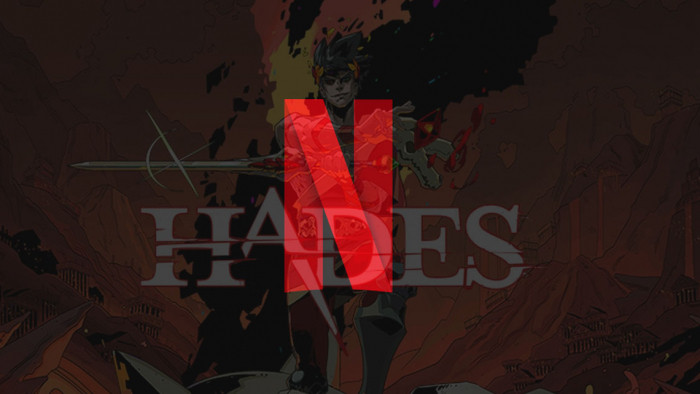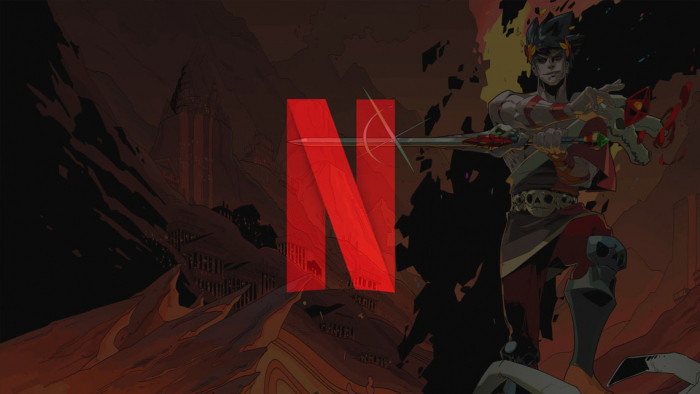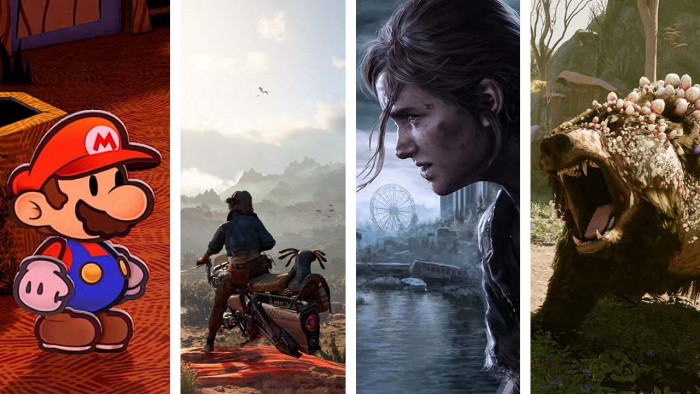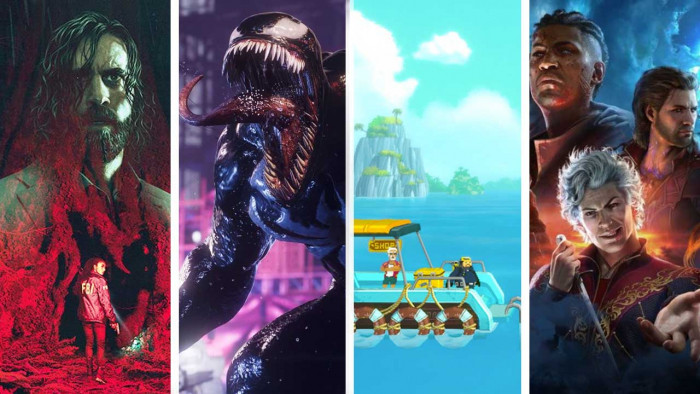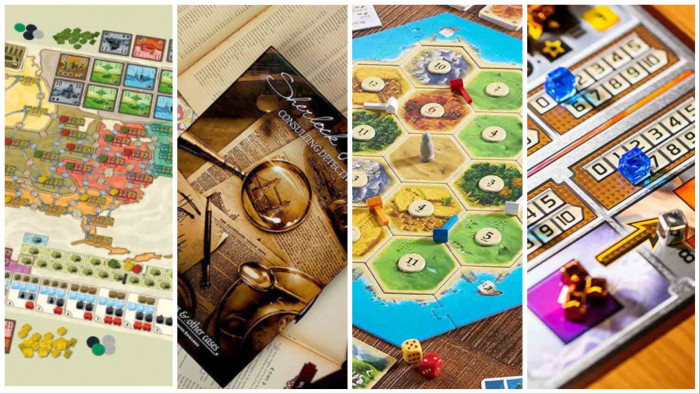Xbox One or PS4? It’s a debate clouded by warring execs and online vitriol. But what about the games and tech? ShortList’s Jonathan Pile plugs into the future
“The Xbox One is a piece of sh*t.”
“F*ck you Microsoft, you ruined Xbox.”
“Lmfao what a douchebag f*ck xbox they suck.”
It’s fair to say the initial responses to Microsoft’s Xbox One, the successor to the Xbox 360, on Twitter weren’t entirely positive. Back in June, at the year’s big expo E3, the feeling was so strong that some industry commentators were already saying the Xbox One was done and Sony’s PlayStation 4 would be victorious. For those unaware of the saga, it's important to know why. What had caused this vitriol? The answers are numerous – the Xbox One would become unplayable if it didn’t have an internet connection, privacy-eroding motion-sensor Kinect was also required for it to work, Microsoft was trying to stifle the second-hand games market – but all amount to the same problem. The restrictions served to benefit only one party: Microsoft.
Sony had taken full advantage, announcing a console that was not only more user-friendly, but also cheaper. And it had done it with no little amount of charm, too. Most famously, in a video it released poking fun at the complicated and confusing methods of sharing games on the Xbox One, which featured two of its executives “teaching” you how to do it on PS4, with one simply handing the game to the other. And so followed what has come to be known, waggishly, as the Xbox 180. A U-turn from Microsoft that removed most, if not all, of the more unpopular features it had added.

Sony mocked Xbox One's constraints with a video on how to share games
“We underestimated the strength of feeling,” admits the company’s gloriously named UK marketing director Harvey Eagle. “Gamers told us three things: they wanted to play games when an internet connection wasn’t available, they wanted to trade games and they wanted control of their privacy. That was what we underappreciated, so we made a decision to change our policy on those things.”
So now, months later, with just a few weeks until consumers are faced with their final decision, a different picture has emerged. The Xbox One is a viable option again… it’s game on.
Head to head
Never before have two such directly competing consoles launched so close to each other. The Xbox 360 beat the PS3 to stores by 17 months, and the Mega Drive had a similar grace period before the Super Nintendo. The Xbox One has a solitary week before Sony’s lower-priced rival begins its courtship with UK shoppers. But the first question you should be asking (before “Which new console should I buy?”) is “Should I buy a new console?”
At the risk of stating the obvious, graphically they’re both a step up – the dream of ‘full’ HD 1080p and 60fps, which failed to materialise regularly on current consoles, should be the standard. For the past few years game developers have been forced to choose – embrace the “buttery smooth” visuals that the extra frames per second allowed (Call Of Duty: Black Ops 2), or opt for half that but use the extra processing time to create more detailed worlds (the Halo franchise).
But beyond the graphics, there are two other elements that should push creativity and game design into thrilling new areas on the PS4 and Xbox One. The first is most apparent on a title such as The Crew – a next-gen open-world driving game. Take its recreation of New York, which covers an area bigger than GTA IV’s Liberty City. Now here’s the punchline: that’s just one of 16 cities included in-game, on a map that aims to cover much of the US. A map so large that if you take the fastest car, put your foot down, drive in the straightest line possible, only on highways (and manage not to crash), from coast to coast it will still take you 90 minutes. But that doesn’t necessarily engender strong gameplay (possibly the opposite, in fact). What’s key is the connectivity aspect that blurs the line between single-player and multiplayer. These always-online worlds support both ways to play simultaneously.
Vaunted multiformat cyber-thriller Watch Dogs, which sees you manipulate a city as a master hacker, is a fine example of this. Friends playing elsewhere can join your world and either help or hinder you. “When your console is online you’re automatically in what we call ‘a session’,” explains the game’s creative director Jonathan Morin. “There could be millions of these occurring at once, and we can dynamically merge and unmerge them seamlessly. Players can go about their game normally, but when they, for example, accept a certain contract or provoke a monitoring scan, their next objective will flawlessly involve another player. Once the situation is resolved, we are then able to unmerge both players.”
What he hasn’t mentioned is the other way in which the next generation is set to excel, something that’s also a huge part of Watch Dogs’ gameplay: the second screen.
Stay Connected
Microsoft launched the SmartGlass app last year to complement the Xbox 360. It’s possible you have it. It’s almost certain you’ve barely used it: it wasn’t very good. But with SmartGlass, Sony’s PlayStation Vita and apps for individual games, that’s all set to change. Frédéric Blais, Watch Dogs’ technical lead explains. “The app allows connecting players to use mobile devices to play with console players. Co-op mode places them together, versus mode gives the mobile user control of the police force and city infrastructure to stop the console player.”
But not all games require someone to play with. Take Xbox One’s Project Spark. “It’s a game that provides you with a set of tools to create worlds,” says Eagle. “Whatever you want those worlds to be – first-person shooter, adventure game – you can create them. And what SmartGlass does is allow you to work on those worlds away from the console.”

Project Shark will allow you to create worlds away from your console
It will be the same with, say, adding wholly impractical modifications to your car in driving games – the in-game experience doesn’t have to end just because you’re no longer at home. PlayStation is already doing similar things with PS3 games and the Vita – when you buy on one format, you get the other version and there’s cross-save functionality.
All of which is a long-winded way of saying, yes, the new consoles are exciting and you should consider buying one. The other question was “Which one?” And that’s trickier. The raw numbers have led to claims that the PS4 is between 30 per cent and 50 per cent faster than the Xbox One, but these are mostly impenetrable boasts mentioning things such as GPU specs. And similar claims were made about the PS3 over the Xbox 360 that simply didn’t materialise. So in the end, it comes down to the games. As it should. The exclusives that you want
to play. So Uncharted or Gears Of War? Infamous or Halo? Or if we’re talking launch titles: Killzone: Shadow Fall or Ryse: Son Of Rome? The choice is yours. As is the right to go online and noisily complain about it afterwards.
Xbox One is released 22 November, priced £429, and PlayStation 4 is released 29 November, priced £349
(Illustration: SEBASTIEN THIBAULT @ ANNA GOODSON)
Latest
Related Reviews and Shortlists




